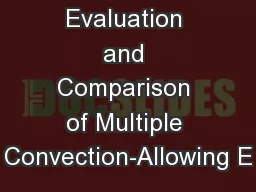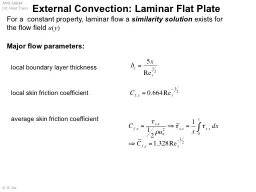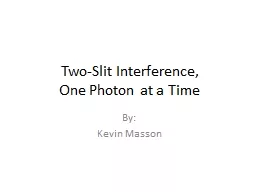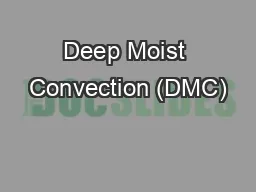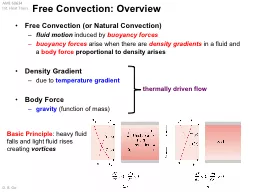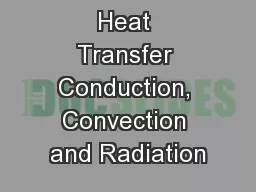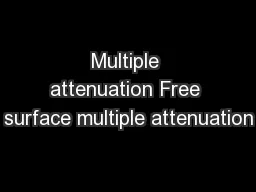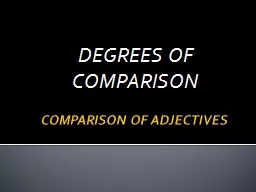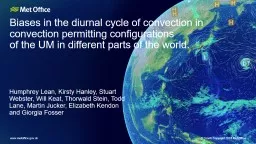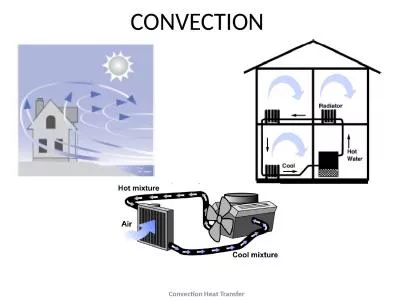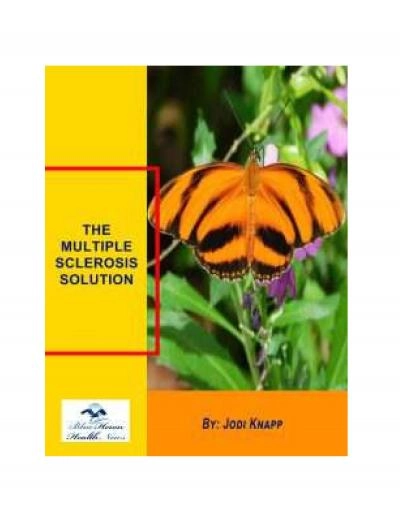PPT-Evaluation and Comparison of Multiple Convection-Allowing E
Author : alexa-scheidler | Published Date : 2015-11-27
Israel Jirak Steve Weiss and Chris Melick Storm Prediction Center WoF Workshop April 3 2014 Convectionallowing ensembles 4km grid spacing can provide important
Presentation Embed Code
Download Presentation
Download Presentation The PPT/PDF document "Evaluation and Comparison of Multiple Co..." is the property of its rightful owner. Permission is granted to download and print the materials on this website for personal, non-commercial use only, and to display it on your personal computer provided you do not modify the materials and that you retain all copyright notices contained in the materials. By downloading content from our website, you accept the terms of this agreement.
Evaluation and Comparison of Multiple Convection-Allowing E: Transcript
Download Rules Of Document
"Evaluation and Comparison of Multiple Convection-Allowing E"The content belongs to its owner. You may download and print it for personal use, without modification, and keep all copyright notices. By downloading, you agree to these terms.
Related Documents

